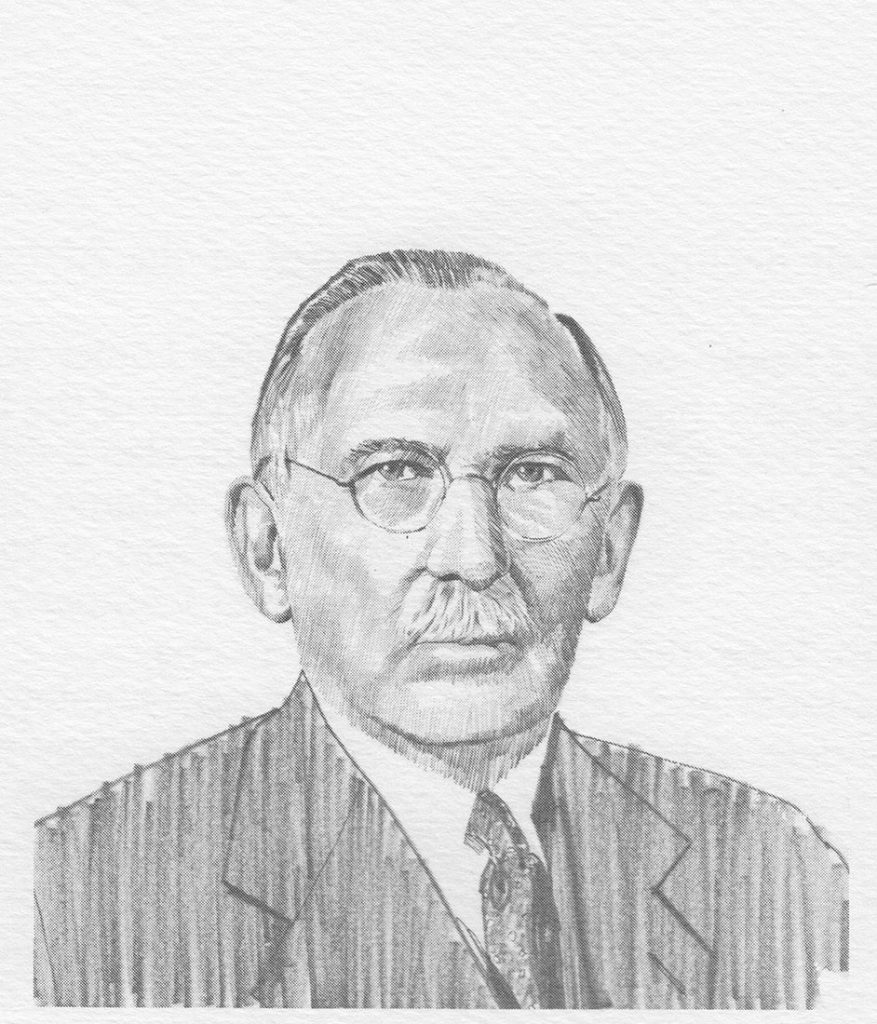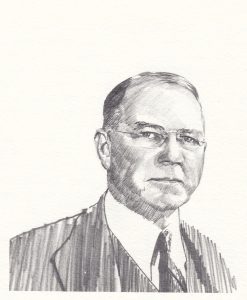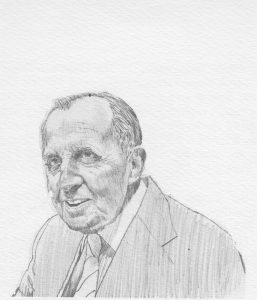Sidney Zollicoffer Mitchell was born in Dadeville, Tallapoosa County, Alabama, on March 17, 1862.
Starting as exclusive agent for the Edison Electric Light Co. and the Edison Company for Isolated Lighting in Washington, Oregon, Idaho, Alaska, and British Columbia, he raised the money for and, as stated in Forbes in 1925, built “the power plants that produced the power that created the market for his products” – the incandescent light bulbs and generators produced by Edison.
By 1925, continued the Forbes article, as head of Electric Bond and Share Company, he had guided “the destinies of more public utility plants than any other man in the world,” and had handled the “raising of capital for more utility plants than any other man in the world.”
Sidney Zollicoffer Mitchell was the youngest of three sons of Dr. William Mandon Alexander Mitchell and Elmira Sophia Jordan Mitchell.
Like many Southerners, Dr. Mitchell depleted many of his resources in support of the Confederacy. Thus, after his wife died in 1865, he sent the three boys to be raised by their widowed grandmother, Ann Spivey Jordan, on her plantation in neighboring Coosa County, and he moved to Pensacola.
Despite the economic restrictions of the war years and the Reconstruction Period, Sidney Mitchell had a good boyhood. He attended the primitive local schools and received supplemental instruction from his grandmother. When he was old enough, he helped in the fields with the planting and harvesting of the crops that would feed the family or be sold or bartered. In his spare time, he learned to ride horses (and continued to ride until the year before his death). He learned all about hounds and hunting, which became an abiding passion.
From his grandmother, he learned two important tenets that he followed all his life: to put himself in the other fellow’s place when he was in doubt about what to do; and to get his job done before he started anything else.
Perhaps the first test of this young man’s mettle came when a friend of the family placed his name in competition for an appointment to the U.S. Naval Academy. After six months of concentrated study in a Columbus, Georgia, school, he took the competitive examination in Dadeville and won the appointment to Annapolis.
After graduating in the Class of 1883, he served as a cadet on the “U.S.S. Trenton,” and then on the “U.S.S. Quinnebaugh” to earn his commission through two years’ service in the Navy. He helped install and operate the new incandescent lights on the “Trenton,” the first battleship in the world to be so equipped.
Seeking more opportunity for individual initiative and advancement than the Navy then provided, he decided in 1885, to resign his commission.
In New York, Sidney Mitchell heard from two school friends about the opportunity for organizing electric light companies under Edison licenses. He went to see Thomas A. Edison, who, impressed by the young man’s enthusiasm, hired him to work in the Goerck Street factory to learn about construction, testing, and shipping of generators and to attend a night school Edison conducted for training electrical engineers. Sidney Mitchell also learned the basics of distributing electricity by working as a laborer for one of New York’s leading contractors.
The young man and the young electric industry were to grow up together.
When, in September 1885, the agency for Edison products in the Northwest became available, he applied for and obtained the rights as exclusive agent. He persuaded his friend Frederick H. Sparling (Annapolis ’84) to go with him.
Sidney Mitchell and his friend were undaunted by the fact that people in the Northwest knew little about electricity. They set about to create the market for their incandescent lamps.
They chose Seattle, then competing with Tacoma to become the terminus of the Northern Pacific Railroad. They evidently persuaded the citizens that an electric plant would be a bonus in the competition. To finance their venture (since the fledgling Edison Co. had to demand cash for its products) they obtained contracts for the sale of 250 lamps at the flat rate of $3 per month and used the contracts to build a small, waterfront generating plant. This was the first central station electric light plant west of the Rocky Mountains.
With Seattle boasting about its new electric lights, it was not difficult to organize a company in rival Tacoma. Mitchell and Sparling became so busy that they took in William J. Grambs (Annapolis ’84) and incorporated themselves as the Northwest Supply & Construction Co. By 1888, they had organized lighting companies in thirteen other cities in the territory.
In 1890, The Edison General Electric Co. initiated the unification of all its agencies and purchased the Northwest Supply & Construction Co. Mitchell’s headquarters became the District Office of the Northwest in Portland, although he spent much of his time in the field.
In 1892, the various Edison companies and the Thomson-Houston Co. merged to form the General Electric Company, and the new company was able to provide financial assistance. The new policy aided Mitchell in assisting the companies he had helped organize to maintain and expand their facilities to meet the increasing demand for electricity, not only for lighting but for street railways and industrial processes.
In 1893, Sidney Mitchell met and married Alice P. Bell of Portland. They had one child, Sidney A. Mitchell.
By the time he had reached his forties, his reputation as a hydroelectric power developer and financier had preceded him to New York where he was invited by the president of General Electric Co. to assist in organizing Electric Bond and Share Company. Under Mitchell’s leadership as president and later as Chairman of the Board, the company became one of the largest holding companies in the world.
In 1927, he attended the dedication of the Jordan Dam, named in honor of the mother of Sidney and Reuben Mitchell, the two who had contributed so much to the electric industry. On this occasion, he was awarded an honorary Doctor of Laws degree by Dr. George H. Denney, President of The University of Alabama. After the ceremonies, he and his brother spent several days in the area where they grew up. Sidney Mitchell determined to return and build something of a hunting resort there in his native Alabama.
In 1930, he built a commodious lodge and fine dog houses on some 5000 acres of land. To Ann Jordan Farm (named for his grandmother), he would invite “Yankee” business associates and friends to enjoy the Southern cooking and hounds and hunting he learned to love in his youth.
After his wife died in 1941; he married a widow, Mrs. Palmer. Sidney Mitchell suffered a fatal heart attack on February 17, 1944.
Sidney Zollicoffer Mitchell had been “a typical Western pioneer, a physical as well as a mental giant, a trailblazer, an up-builder, a torchbearer for advancing civilization,” as Forbes had stated in 1925.




